This was published 1 year ago
If you build it, will they come? Calls for a rethink on social infrastructure planning
The convenience of the inner-city is a drawcard for many people, but financial reality is forcing more Brisbane residents to look to the suburbs, sadly lacking in vital social infrastructure.
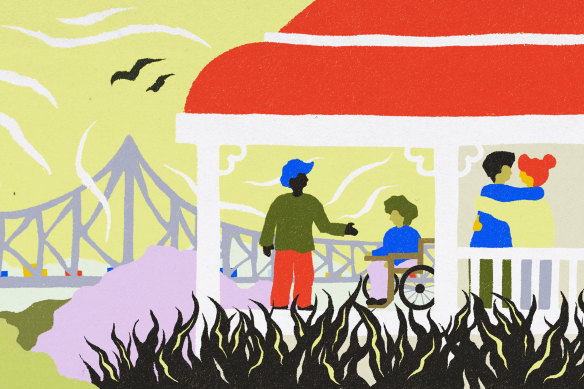
Brisbane Life StudyCredit: Nordacious
For most, the quality – or otherwise – of their life can come down to one word – access.
Access to health facilities, access to education, access to shops. And access to those “third places” – such as bars, libraries, restaurants, pubs and other places people can socialise away from home and work.
The Australian Urban Observatory, based out of the RMIT Centre of Urban Research in Melbourne, has run the rule over Brisbane’s social infrastructure in a new analysis.
And the results were not surprising.
When it comes to access to social infrastructure – think schools, health facilities, cafes, pubs etc – the data shows it’s very much a case of demand dictating supply.
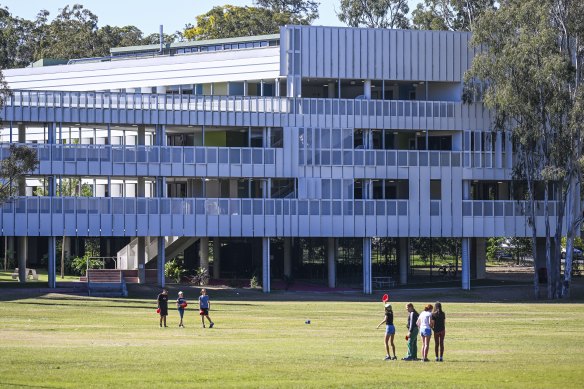
Schools are considered an important piece of social infrastructure. Credit: Dan Peled
“Social infrastructure provides access to essential community services and resources. Access to a wide range of different types of social infrastructure is therefore important for the creation and ongoing development of healthy communities, the AUO notes in its 2021 Liveability Report for Brisbane, which will be released this week.
“High levels of access to social infrastructure is linked to increased physical activity and wellbeing, and increases satisfaction with the local community improving social interactions and mental health outcomes.
“Social infrastructure is therefore a key component of liveability.”
The higher the density, AUO’s data shows, the more social infrastructure is readily available.
Overall, Brisbane ranked equal last among the five biggest Australian capital cities, alongside Perth.
Queensland University of Technology urban planning lecturer Tracy Washington said the AUO research demonstrated the inequality between the inner-city and greater Brisbane’s outer suburban and semirural communities.
“These [blue] areas have density, so they’re going to have better public transport access, they’re going to have better walkability, they probably have all the services they need within a 10-minute window, and potentially their work as well,” she said.
“In these other communities that we’re looking at that [darker red], they’re very, very much tied to their vehicles and they’re far less likely to use public transport.
“Once we start to get into these outer rings around Brisbane, it becomes much more challenging.”
It’s those outer rings over which Suburban Futures co-founder Ross Elliott spent his days obsessing.
“You really want social infrastructure, schools, hospitals, universities, dispersed across the city so that they’re going to be more accessible locally to people rather than having to drive all the way across town,” he said.
Elliott, the chairman of the Lord Mayor’s Better Suburbs Initiative, said more attention needed to be paid to Brisbane’s outer suburbs, so they could be places where residents could work, rest and play.
“You might even actually start with the social infrastructure, and then you plan your housing around it, rather than the other way around,” he said.
“We’re going to have another 2 million people – it’s scary, if you think about it, 2 million people.
“You go back to in Brisbane in the 1990s, we had a population of 2 million full stop. And then you think of everything that went with that population.
“Well, we had the PA, we had Prince Charles, we had the Royal Brisbane, we had the Wesley, we had all the hospitals.
“We haven’t added many I can think of, and it’s ditto for schools, ditto for roads, ditto for pretty much everything.
“You can’t just add the people without all the things that the people need. There are consequences to growth. You’ve got to add that stuff.”
That’s why Elliott championed suburban renewal, such as Suburban Futures’ vision for Chermside released late last year.
“We’ve got to start reinvesting in the suburbs; it doesn’t need to be as high a standard [as the inner-city] perhaps, but it needs to be a reasonable standard – with access to similar facilities – in suburban areas.
“Like in Chermside, for example – I’ve always thought Chermside is a great opportunity for a regional business centre, where you’d have a lot more social infrastructure, a real local employment hub.
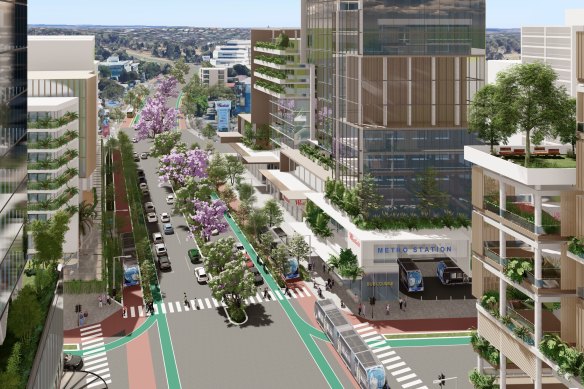
Ross Elliott envisages a more connected, pedestrian-friendly Chermside.Credit: MODE Design
“Fifty thousand jobs, not 15,000 jobs, a link people could cycle to along the creek, so you can connect the hospital to the shopping precinct quite easily.
“It’s got all of the ingredients, it’s all there, and it just seems to me that because it’s been in the suburbs, it’s been one of those things that people have not focused on.
“It’s been more glamorous, or perhaps more exciting to urbanists, to focus on the West Ends or the New Farms and so on of the city.”
Washington said she would like to see the suburbs get just as much attention as the inner-city, particularly as high house prices and rents drive more people to those areas.
“You have to create opportunities for places where people can gather. It has to be places where they feel safe, it has to be convenient, it has to be something that can reach within ease,” she said.
“That’s the only way you get the consistency and where you start to get that sense of community.”
Washington said the issue of retrofitting social infrastructure into already well-established suburbs, lacking in such facilities, was “the million-dollar question”.
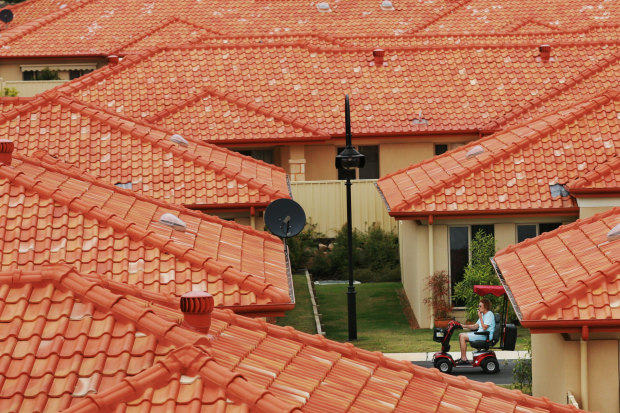
In communities such as North Lakes, just north of Brisbane, houses are built ‘roof to roof’.Credit: Jason South
“There’s only so much space, so councils really need to be thinking about the long-term effects of their planning schemes and allowing for large master-planned communities that don’t have nearby green space – a lot of those are just roof to roof,” she said.
“They’re still creating lots and lots of large masterplan developments that require cars. There’s still this way of thinking, there’s one way in one way out, there’s really poor public transport access.”
University of the Sunshine Coast urban design lecturer Greg Mews said a lot of that was due to structural bias.
“Compared to the inner cities, where you have a lot of state infrastructure, the average council area doesn’t have that kind of revenue to sustain it,” the German-born academic said.
“In Australia, the biggest challenge in order to sustain all that is we have a problem with scale.
“For me, it’s pretty obvious coming from Europe and living in Australia is that we’re trying to, when you cram more people into the space, creating this high-rise environment, you can afford more infrastructure.
“But the thing is, you overshoot because you end up with the opposite problem of overcrowding.”
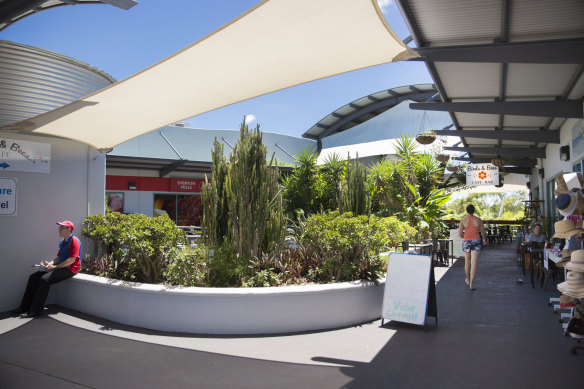
Local shops, such as these at Everton Hills, are an important part of the social fabric.Credit: Tammy Law
Mews said the balancing act was to progressively densify in areas that already had a good amount of social infrastructure.
“So this is where we have flexible land use typologies, where you can actually have shopfronts and build typologies which are highly adaptable,” he said.
“So let’s say in one medium-sized tower – so three, four or five storeys – you have active frontage that you can have a number of different uses, like a coffee shop or a gym or something which we consider a third place where people can meet and build their communities.
“And then how do we create these nodes, these activity centres, where we can really bring all these good things together?”
Mews said any planning in this sphere required a lot of nuance.
“And that is actually the new exciting challenge – how do we go in and ensure that we have these brilliant services in their walking catchment over time, and building up that demand for that.”
This article was produced in collaboration with the Australian Science Media Centre, with support from the Walkley Foundation-administered META Public Interest Journalism Fund.